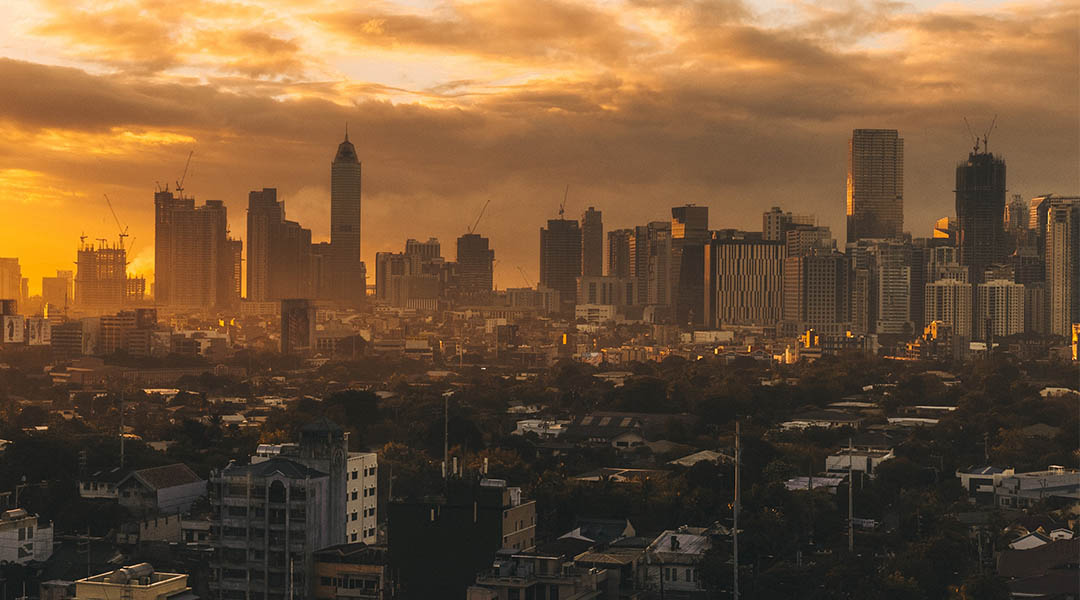
The new normal is beyond this pandemic, two architects and a public policy consultant say
“We’re not just talking about how our cities will look like or how we need to rethink the landscape. We need to go back to why we are doing things. It’s more of finding the challenge to answer what fundamentals such as government institutions and private sectors will do,” Marco Sardillo said in an insightful Zoom meeting with BluPrint, moderator Judith Torres, and his fellow reactors Leandro Poco and Benjee Mendoza a week prior the second Design DeepDive™ Live Session. The public policy consultant and sustainable cities specialist explained that we might be looking at a short-term response to the ‘new normal,’ which is too focused on the pandemic, forgetting that many of the problems that escalated years ago have long been buried deep.
READ MORE about the second live session: Co-Creating with Government: Opportunities for Positive Change
Redefining the ‘new normal’
Sardillo shared that he has always been skeptical of using the term ‘new normal’ to describe or identify the situation the world is currently experiencing. “To be honest, when I first heard the phrase, I was a little peeved. A ‘new normal’ encapsulates a larger context; it is about climate change, adaptation, and so much more.” Poco agreed, saying that climate change itself is a fast-paced pandemic. “I understand that you need a word to anchor what things will be, but I agree with Marco. I don’t think there’s enough impetus to change things,” Poco added. He explained that “the global systemic change is not happening because there’s too much interest, there’s too much inertia in the system,” and that the current pandemic may be “an opening chapter of five to ten dark years.”

Mendoza supported Poco’s assumption. He cited that it can take five to ten more years “to understand what’s happening now,” because the reality is that the society cannot even envision what the ‘new normal’ could be. “Perhaps through time, technology itself will heal us,” Mendoza hopes. Taking the phrase ‘new normal’ into context, Mendoza said that the term is “too pandemic-centric, rather than a totality of what we’re doing.” He emphasized that ‘new normal’ highlights a scientific and trendy solution, instead of one where humanity and the surrounding environment can thrive. Mendoza underscored that this needs to be addressed and that the Philippines has long lacked the ability to immediately confront the pressing issues. “A pandemic is a part of the ‘new normal,’ but it shouldn’t be the driving force of this new normal.”



READ MORE: How do we make sure Asia’s megacities are healthy cities?
The real issues
“Part of the idea of a paradigm shift is you try to make it work until it no longer can,” Sardillo explained. “We use glasses to improve our eyesight, right? But there comes a time that our glasses are no longer effective because they were worn out and we used them for years already, and that’s how it works. We throw it away when it no longer works and what we have to do is find a new one that will,” Sardillo construed.
One question that Sardillo would like to ask at the live session is: “How exactly can design professionals get over the hassle of working with the government?” He recounted his experience as the former administrator of the Intramuros Administration, when he observed that people in the government do not exactly know how to deal with creatives. “I hope that maybe if we provoke AECOM and ADB, we can look at their premises on working with the government,” he shared.
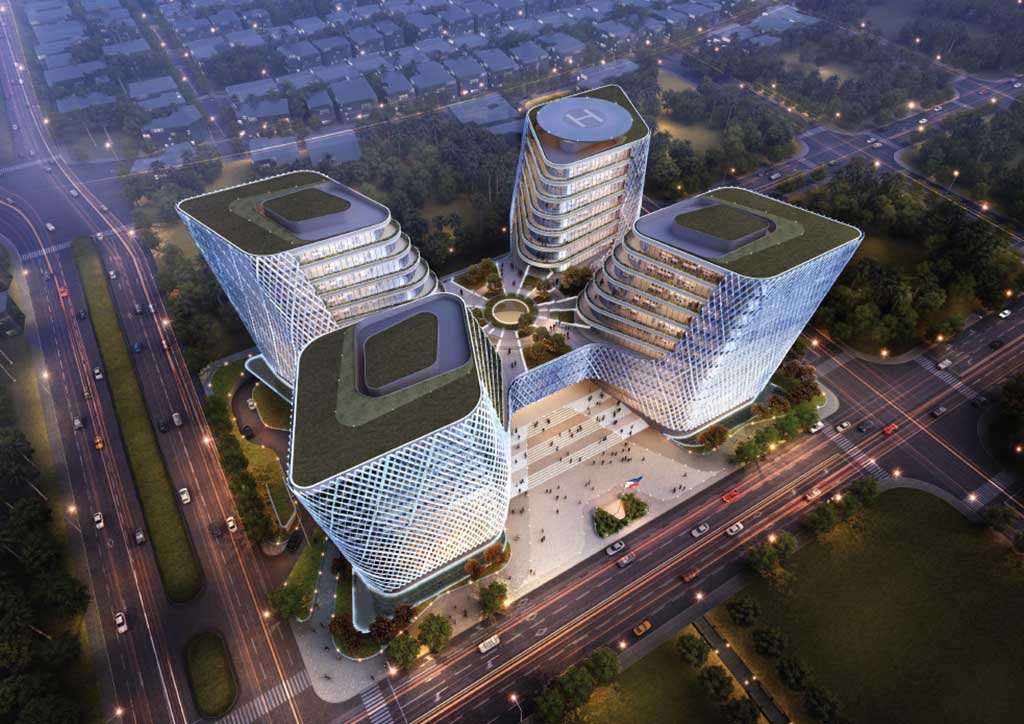
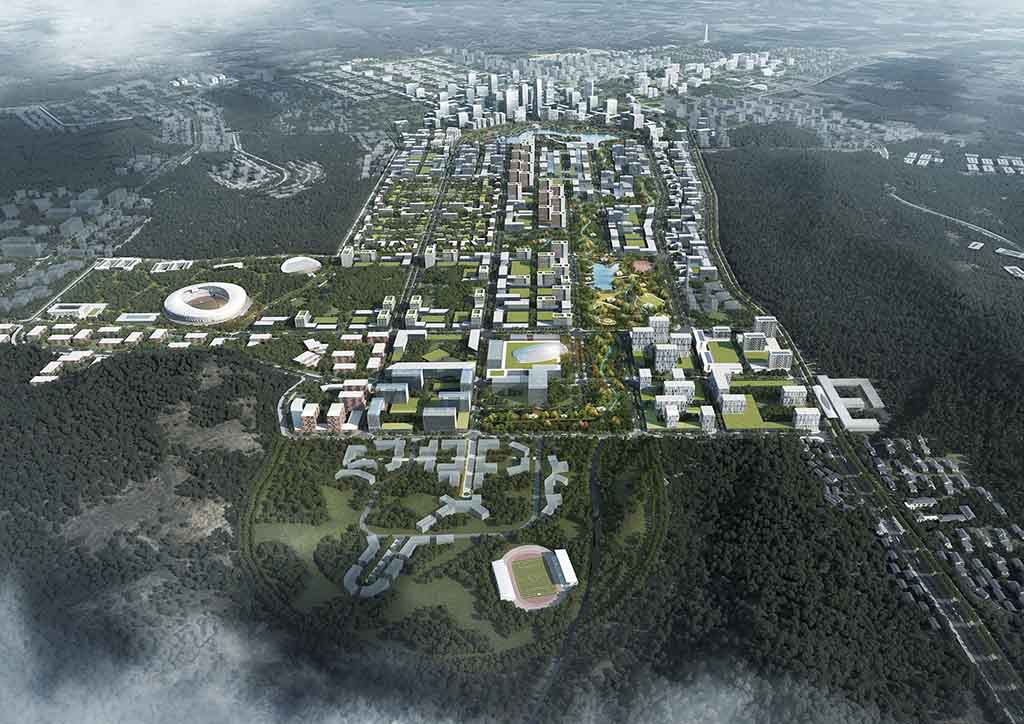
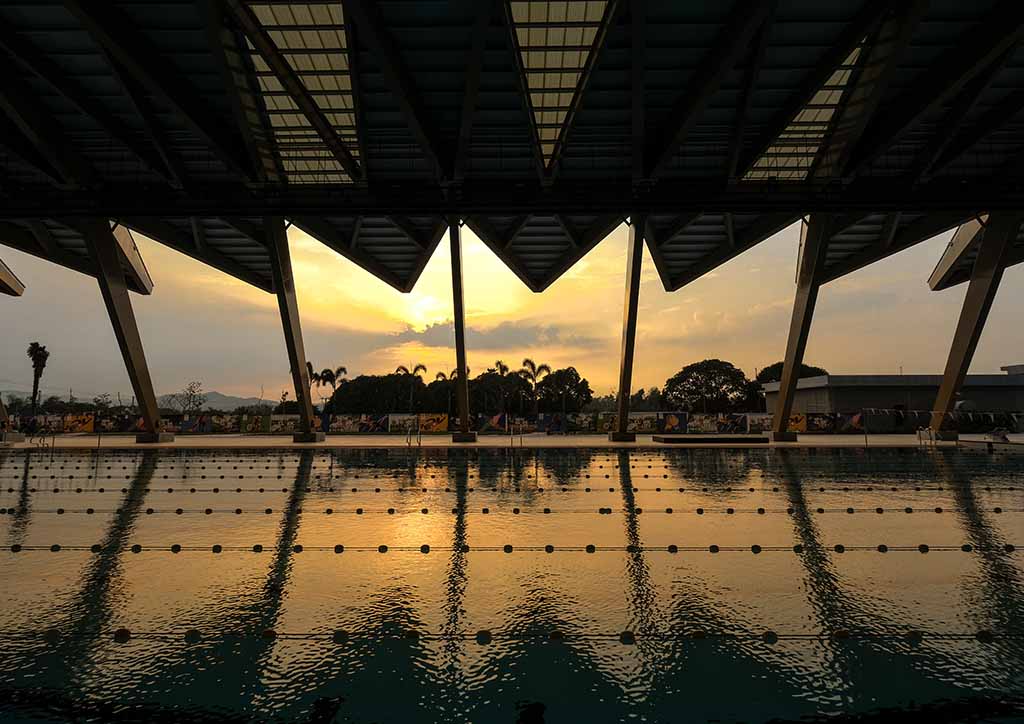
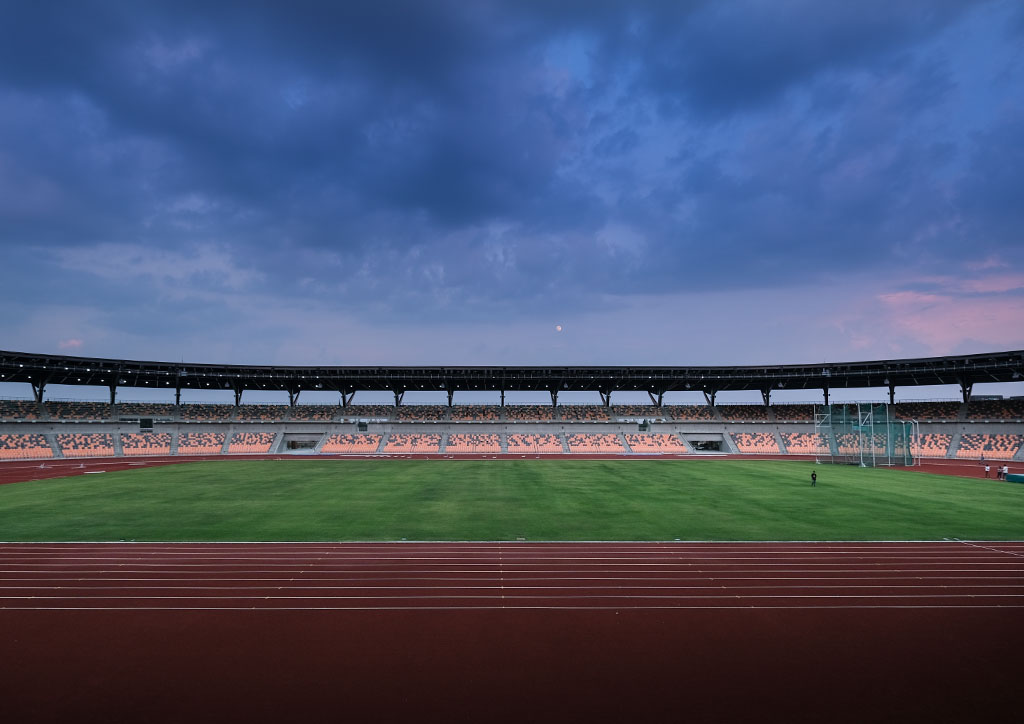
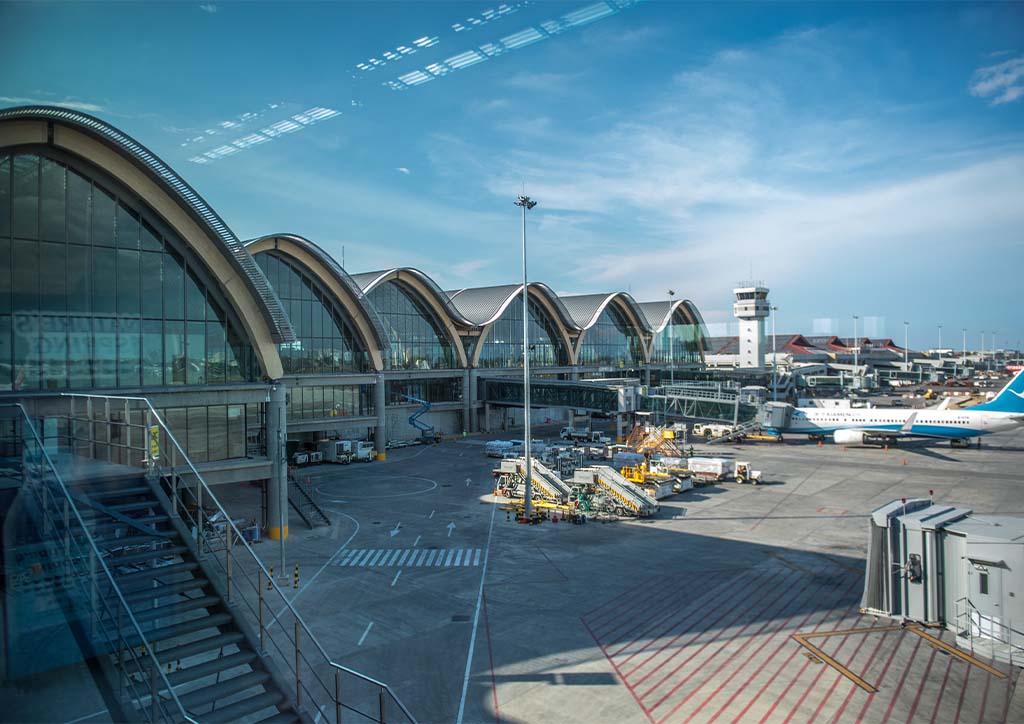
Mendoza recalled his studio’s experiences in joining a number of design competitions for public infrastructures. He said that most designers are “not inclined to join public initiatives” because of a “language barrier,” among architects, designers, engineers, planners, and the government, which can lead to a lack of understanding of how design should be treated. “Competitive bidding should not just be about bidding; it should be about design proposals,” Poco proposed. The architect also shared that there are plenty of good civic designs simply because these were not intended for or interfered by the government.
READ MORE: Revitalizing Downtown Iloilo: The Push for City-wide Initiatives
According to the three reactors, there is a lack of criteria not just for public design competitions, but for the entire public design landscape. Poco identified the local government units, which he thinks define infrastructure up to hard infrastructure only. He added that “we really focus too much on personalities, on these ‘enlightened leaders.’ There should be an institutional framework, provide procurements for design.”
The issues raised by Poco, Mendoza, and Sardillo boil down to a lack of understanding between design professionals and the government, all because of a language barrier that is taking years to break, and a lack of a consolidated framework for projects between public and private institutions.
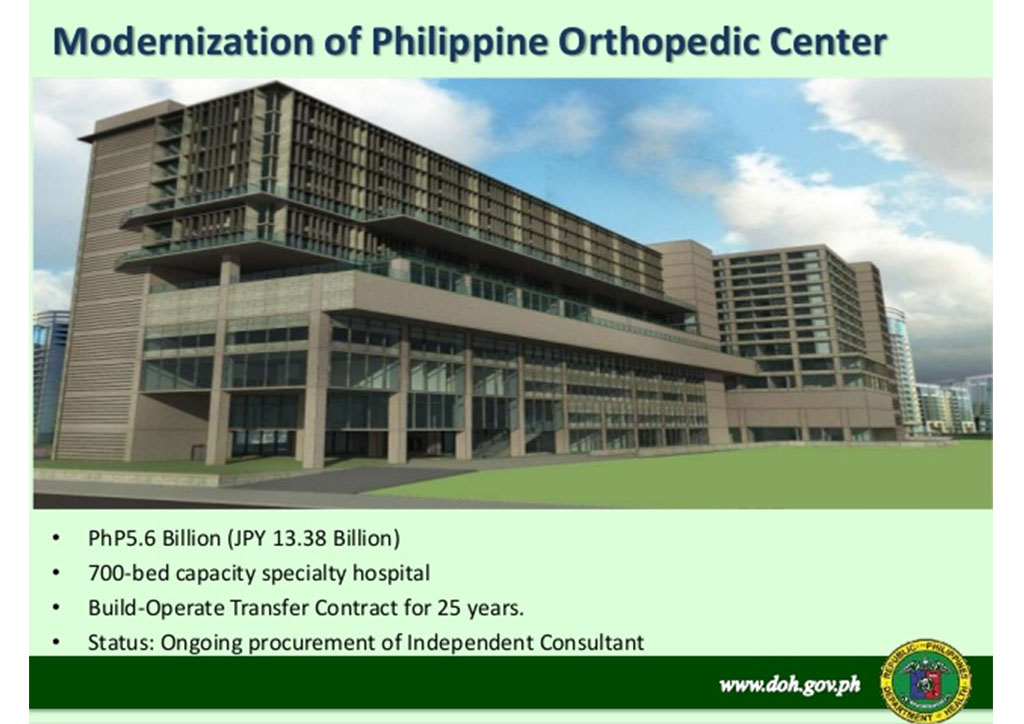
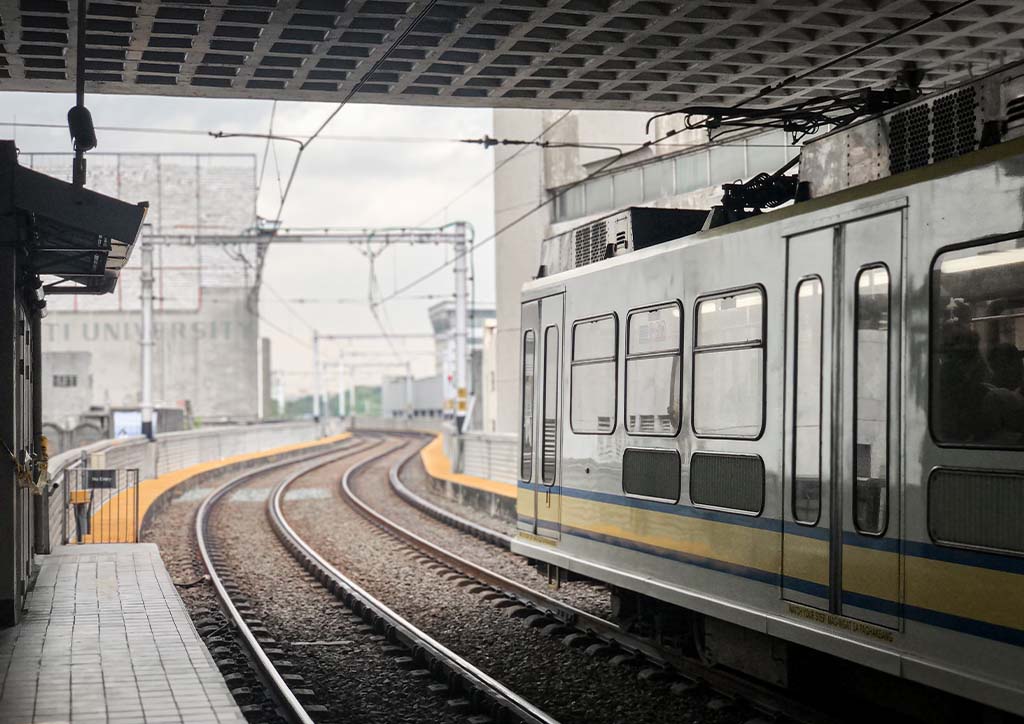
Establishing the fundamentals
Sardillo encouraged design professionals to break the language barrier among the construction and design industry and the government sector by allowing them to understand each of their manifestos. “Write your ideas down. Convince them. I believe that your ideas are made to be seen, but nobody is going to recognize them until you actually give these officials permission. The government needs ideas that will actually make them move because the reality is that they do not know how to.”

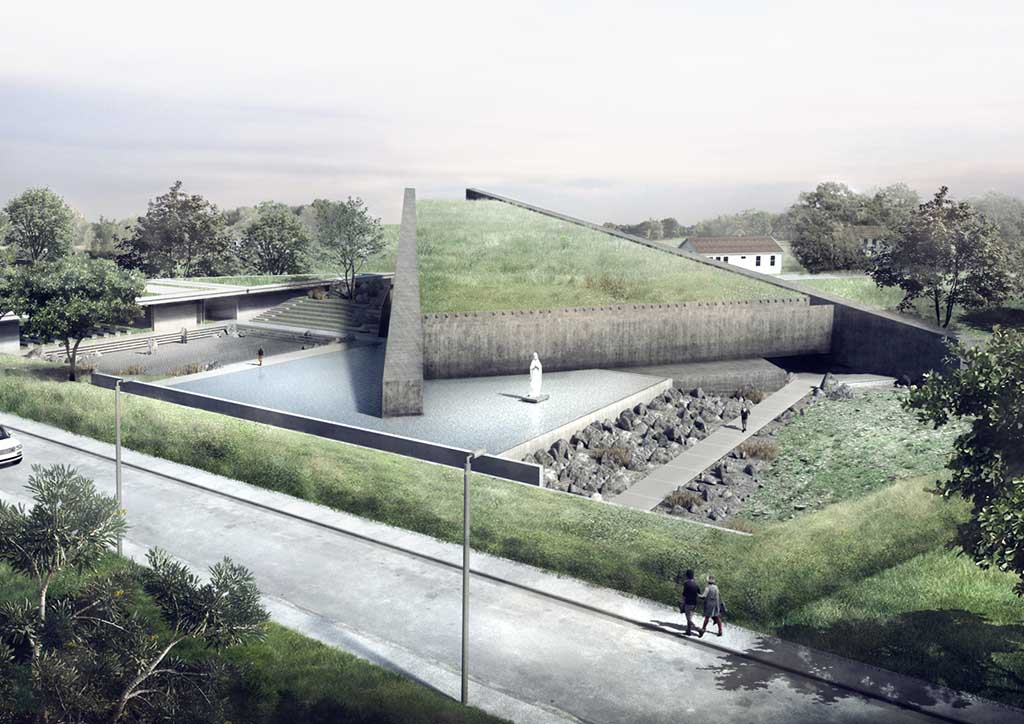

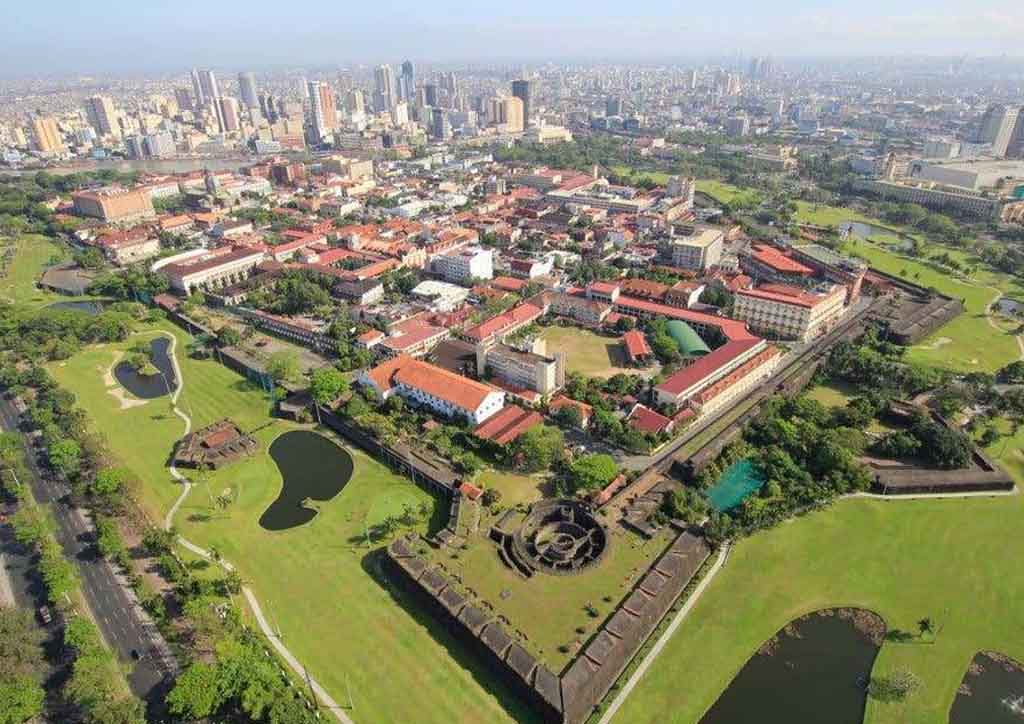
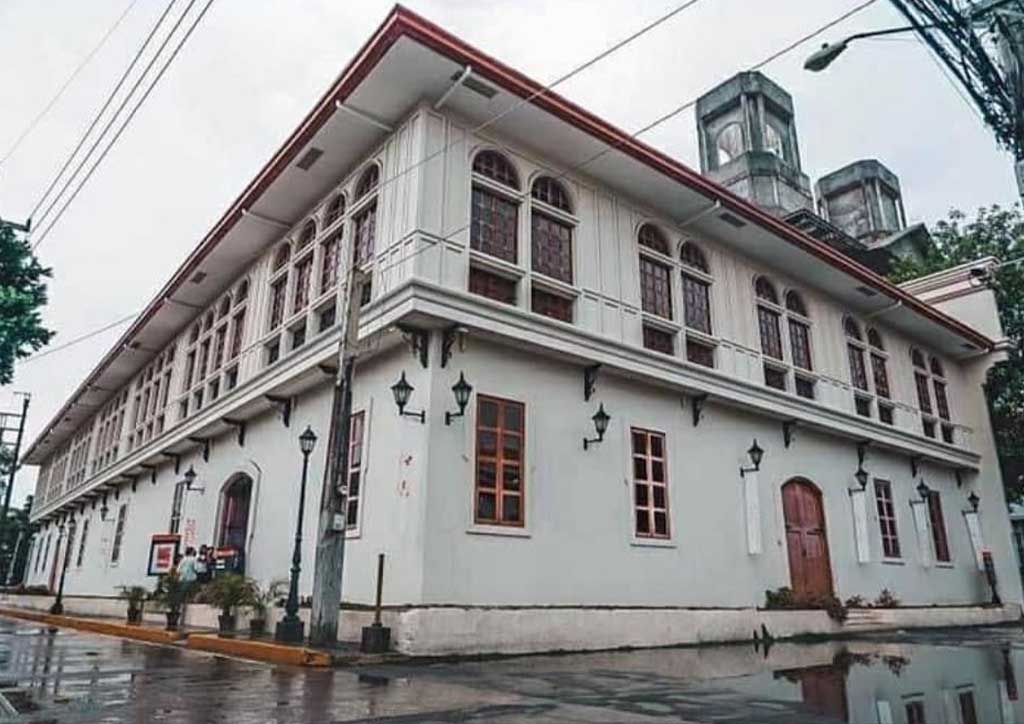
Mendoza responded, “I cannot complain if I do not do my part.” He said he is very curious how the three speakers will respond to their questions about convincing the government to pursue good design projects and actually listen to what industry professionals have to say. “Again, this is a problem that most of us have probably encountered, so I can only hope that the speakers are prepared to answer these not just for us as designers, but for the public to understand as well.”
During the first LIXIL Design DeepDive™ live session, ‘Advising Clients in a Brave New World,’ the speakers and reactors all agreed that there is a need to revise the Philippine Building Code. Poco referenced that and said the issue is beyond the building code because it is our policies that need to change. “Design management is happening now for corporate clients. Because of the design parameters set, people from property management cannot say things like, ‘That is not part of our budget.’ Why can’t we do that for government projects?”
READ MORE: Industry experts advise clients on their next move towards a pandemic-ready world
About the reactors

Leandro Poco completed his MSc Space Syntax: Architecture and Cities degree at the University College London’s Bartlett Faculty of the Built Environment in 2019, and his MA in Urban Design at the National University of Singapore in 2008. He has over 12 years of practice as an architect and environmental planner in Manila and Singapore. He is a partner with Leonardo A. Poco & Associates, Architects.
Marco Sardillo is a lawyer and independent consultant, working on public policy and local economic development. He is presently engaged as a “Sustainable Cities Specialist” for the UNDP Philippines’ #NextGenCities Initiative. He served as the Administrator of Intramuros from 2013 to 2016 and laid the foundations for the ongoing redevelopment and revitalization of Intramuros. In 2015, Intramuros Administration received the Premio Patrimonio, the first award to be conferred by the Group of UNESCO Heritage Cities of Spain to an organization outside of Europe.
Benjamin Mendoza is a partner and Principal Architect at BAAD Studio Co., an architecture and design firm in Makati, established in 2010. BAAD Studio won the Best Future Civic Project category and earned a high commendation for Future Project of the Year at the World Architecture Festival in 2018. The following year, Mendoza was invited as juror for the same category at the World Architecture Festival.
Do you agree with the reactors’ claims and recommendations? Join the discussion on ‘Co-Creating With Government: Opportunities for Positive Change,’ the second leg of LIXIL Design DeepDive™ Live Sessions – Philippines. The live session streams live on GROHE Facebook page from 2:00 PM to 3:15 PM (UTC+8) tomorrow, free of charge.
The LIXIL Design DeepDive™ Live Sessions – Philippines is themed, ‘Build a Better Normal,’ a call to action for architects, designers, planners, and policymakers to create a safer, pandemic-ready world. The three-part live session is presented by American Standard, GROHE, and INAX.
Design DeepDive™ Live Sessions is a platform LIXIL has organized for designers across the region to discuss relevant issues. The first webinar series was hosted by India and ‘Build a Better Normal,’ by the Philippines.


